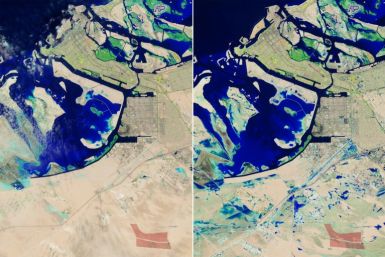Data worth 282,000 years shows that Earth’s tilt is affecting climate change
The tilt of the Earth, or its obliquity as it is called, affects the world’s heaviest rainbelt, suggests an international research.
The research shows that there is a connection between the Earth’s tilt, which shifts every 41,000 years, and the Earth’s largest source of heat and moisture — the Intertropical Convergence Zone (ITCZ), reports The Hindu.
“I took the data and put it through a mathematical prism so I could look at the patterns and that is where we see the obliquity cycle, that 41,000-year cycle,” said Kristine DeLong, associate professor at Louisiana State University in the U,S.
DeLong collaborated with researchers at the University of Science and Technology of China and National Taiwan University. The team examined sediment cores from off the coast of Papua New Guinea and stalactite samples from ancient caves in China.
Based on these observations, the team found that the Earth’s tilt plays a much larger part in ITCZ migration than previously thought. The findings of the study are expected to enable climate scientists to better predict extreme weather events, according to the study findings published in Nature Communications.
“This study was interesting in that when we started doing the spectral analysis, the 41,000-year tilt cycle started showing up in the Tropics. That’s not supposed to be there. That’s not what the textbooks tell us,” says DeLong.
The study findings change the way the world has looked at the collapse of the Mayan civilization and several Chinese dynasties. Historically, these events have been linked to persistent droughts associated with the ITCZ. The researchers say the study finding will help understand global climate and sustainable human socioeconomic development.
Contact the writer at feedback@ibtimes.com.au or tell us what you think below.






